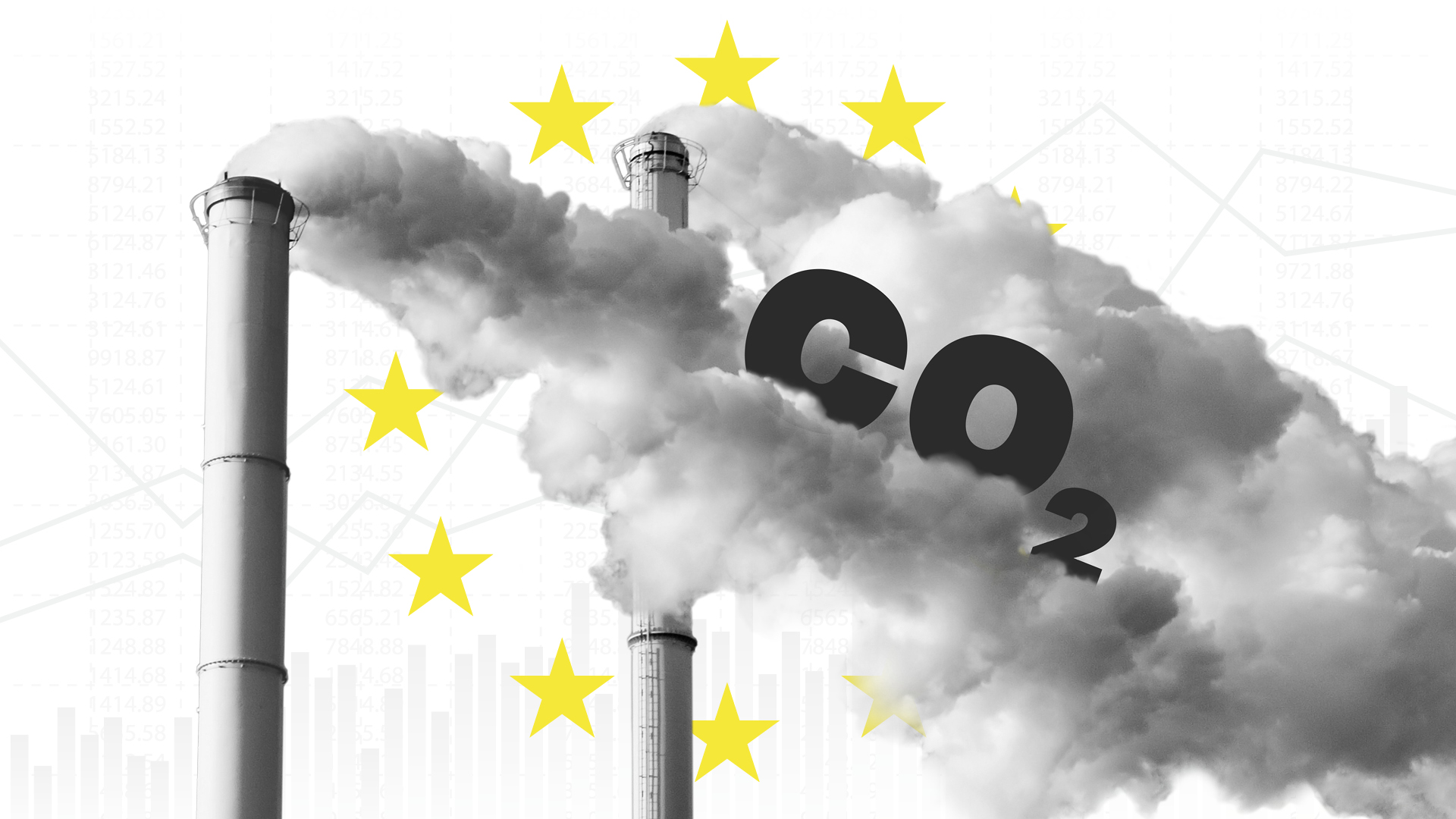Limiting global warming to 1.5 degrees requires more ambitious emission reduction targets for 2030 and parties to the Paris Agreement are expected to update their Nationally Determined Contributions (NDCs) by 2020. The incoming European Commission President-elect Ursula von der Leyen has supported more ambitious climate targets for 2030. Finland, the current holders of the EU Presidency, have declared that they intend to extend the EU emission reduction target from the current 40% to at least 55%.
A study by the Finnish Innovation Fund Sitra and Öko Institut finds that stricter commitments cannot be achieved without a significant reform of the Emissions Trading Scheme: “This decade is crucial if we want to limit the temperature increase to below 1.5 degrees, and we simply do not have the time to start making cosmetic adjustments to the EU ETS or building new systems. Only a wide-ranging reform will enable Europe to achieve the emission reduction targets,” says Leading Specialist Outi Haanperä from Sitra.
The EU’s new climate target is reflected in emissions trading
The study looks at how the ETS objectives should be altered under a scenario where the EU’s emission reduction target is increased from the current 40% to either 55% or 60% by 2030, compared to 1990 levels.“As a consequence of the EU’s more ambitious emission reduction target, emissions within the scope of the EU ETS should be reduced by 61-65% compared to 2005 levels,” Haanperä explains.
The measures analysed include introducing a carbon price floor for emission allowances, cutting the number of emission allowances, reducing their free allocation and surplus, and extending the scope of the EU ETS. For instance, the study finds that significant emission reductions can be achieved by strengthening the cap – in other words, by reducing the number of emission allowances – while the impact of simply extending the scope of the EU ETS is significantly more limited.
The study assesses both the actual emission reduction potential of the individual measures, as well as their practicality when it comes to implementation. The study concludes that what is required is a combination of three measures; strengthening the cap, enhancing the Market Stability Reserve and creating a group of pioneering countries to lead the way.
“There is no silver bullet for sufficiently enhancing the EU ETS. Instead, well-functioning measures must be deployed widely,” Haanperä says.
The study finds that strengthening the cap is the key measure. This should ideally be combined with enhancing the Market Stability Reserve, i.e. addressing the surplus of emission allowances. As a third measure, a group of pioneering countries should lead the way in strengthening the system by introducing a minimum price for an emission allowance. The study also suggests that these pioneering countries should ideally voluntarily cancel some of the emission allowances they auction, so that national decisions (such as phasing out coal) would not increase the surplus of emission allowances in the market.
The recently published study was conducted by Öko-Institut, a German research institute specialising in sustainability issues.
For more information about the study, please refer to:


















Recommended
Have some more.